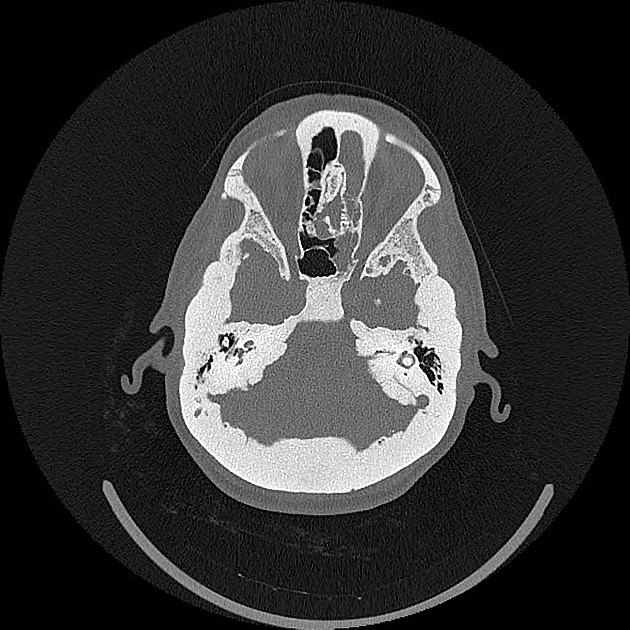Van Buchem disease (VBD) is an extremely rare hereditary sclerosing bone dysplasia, also known as hyperostosis corticalis generalisata. This disease is characterized most notably by mandibular enlargement and thickening of the skull.
On this page:
Epidemiology
Less than 30 cases have been reported in the literature, with most cases being seen in those with Dutch ancestry 1.
Pathology
VBD is a homozygous recessive disorder. A deletion affecting the SOST gene alters expression of sclerostin in osteoblasts, causing failure of inhibition of osteoblastic bone formation 1.
Patients with VBD will show elevated levels of serum alkaline phosphatase in 50% of cases.
Radiographic features
VBD is typified by diffuse sclerosis and hyperostosis of the skeleton, but most prominently observed in the cranial and tubular bones. Because of this, complications include those secondary to the bony enlargement, including facial distortions, cranial nerve compression, vision and hearing impairment.
Differential diagnosis
Differential diagnosis includes other sclerosing bone dysplasias. Those most similar in appearance to VBD include:
- sclerosteosis: typically have syndactyly and tall stature, which is not seen in VBD
- Camurati-Engelmann disease (diaphyseal dysplasia)
- autosomal dominant osteosclerosis
- osteopetrosis: enlargement of bones (hyperostosis) is typically not a feature





 Unable to process the form. Check for errors and try again.
Unable to process the form. Check for errors and try again.